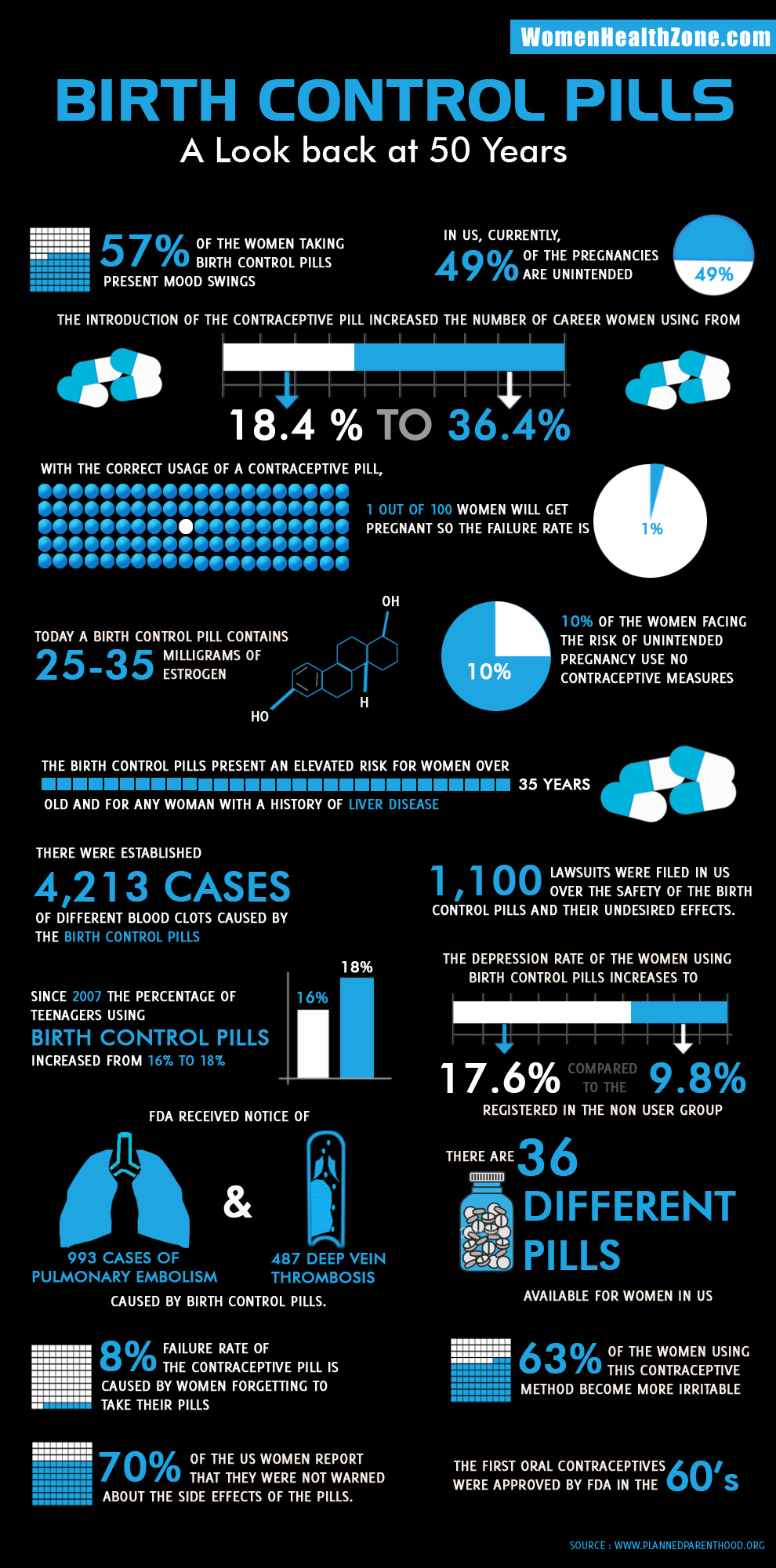Hormonal Contraceptives
Implants
The US Food and Drug Administration (FDA) approved the contraceptive use of levonorgestrel implants (Norplant) in 1990. This method consists of 6 silicone rubber rods, each measuring 34 mm long and 2.4 mm in diameter and each containing 36 mg of levonorgestrel. The implant releases approximately 80 mcg of levonorgestrel per 24 hours during the first year of use, achieving effective serum concentrations of 0.4-0.5 ng/mL within the first 24 hours. The rate of release decreases to an average of 30 mcg/d in the latter years of use. Release of the progestational agent by diffusion provides effective contraception for 5 years. Contraceptive protection begins within 24 hours of insertion if inserted during the first week of the menstrual cycle. The rods are inserted subcutaneously, usually in the woman's upper arm, where they are visible under the skin and can be easily palpated.
1,2
The mechanism of action is a combination of suppression of the LH surge, suppression of ovulation, development of viscous and scant cervical mucus to deter sperm penetration, and prevention of endometrial growth and development.
Efficacy
The contraceptive efficacy of the method is equivalent to that of surgical sterilization. Overall, pregnancy rates increase from 0.2% in the first year to 1.1% by the fifth year.
Advantages
The longevity of its effectiveness is an advantage. Its effectiveness is not related to its use in regards to coitus. Exogenous estrogen is absent. Prompt return to the previous state of fertility occurs upon removal. No adverse effect on breast milk production occurs.

